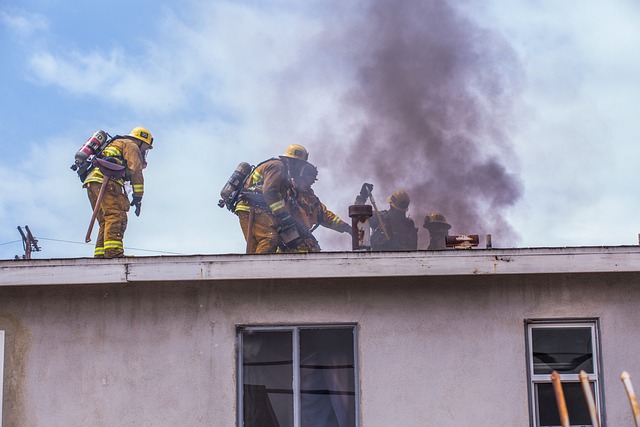
When considering purchasing a home, a history of fire damage might seem like a red flag. It’s understandable to question whether it’s a wise investment or whether potential issues could make the property a financial sinkhole. While fire damage doesn’t automatically spell disaster, it’s crucial to weigh the risks and thoroughly assess the aftermath, especially when repairs aren’t visible on the surface.
The first concern is the structural integrity of the home. Even after a fire appears to be extinguished, the structural elements may have been compromised. Wood beams, for example, can lose their strength and become prone to collapse, while steel elements can warp or bend. In homes that haven’t been properly inspected or repaired, this could present hidden dangers. An unaddressed foundation crack or compromised framing may not be visible right away but could cause long-term issues like shifting or settling, often leading to costly repairs.
The next concern is the potential for lingering damage from smoke and soot. Smoke particles are notorious for penetrating walls, insulation, and ventilation systems, where they remain even after the visible cleanup. If the fire damage hasn’t been thoroughly cleaned, those particles can continue to release odors or even impact indoor air quality. This is particularly concerning for individuals with respiratory issues or allergies, but even those without such concerns can find the persistent smell irritating. Furthermore, soot can damage electrical systems, rendering them unsafe over time.
One of the more insidious problems that often arises from improper cleanup is the potential for mold growth. After fire damage, homes can suffer from water intrusion during firefighting efforts. If the area wasn’t dried and treated properly, it creates the perfect environment for mold to thrive, often within the walls or under flooring. Mold infestations, especially in unseen areas, can be incredibly expensive to remediate and, worse, could pose health risks for anyone living in the home.
Lastly, many buyers are drawn to fire-damaged properties because of their reduced market value, hoping to make significant gains through repairs and renovations. While this can be a tempting prospect, it’s essential to ensure that any restoration work done complies with local building codes and is thoroughly inspected. Shortcuts during the repair process can result in hidden issues that only emerge after years of living in the home.
Buying a home with a history of fire damage can be a reasonable investment, but it requires careful inspection and due diligence. Ensure that any fire damage has been addressed by professionals, and consider whether the potential risks outweigh the reward. An informed buyer, armed with knowledge and expert advice, can avoid the pitfalls of purchasing a fire-damaged home.
